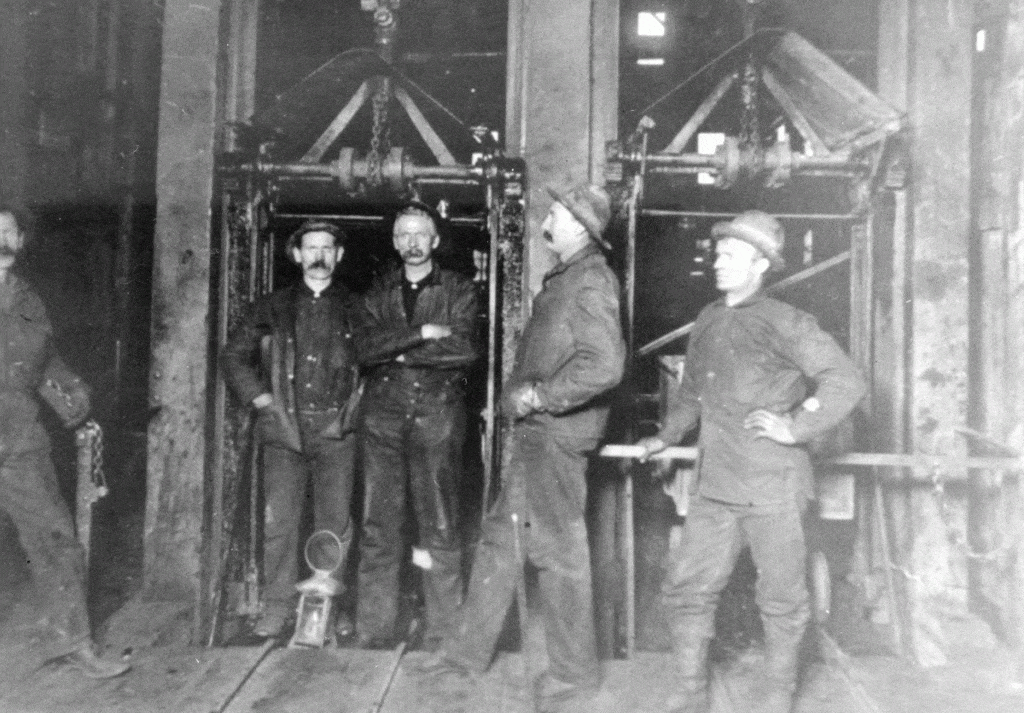In a remarkable feat of survival, on May 17, 1918, Elwin Stuart Maxim fell 1300 feet down a shaft in a broken cage at the Ontario Mine and lived to walk away from the scene of the accident.
At around eight o’clock that Friday evening, Maxim “had occasion to go down the shaft,” as reported by the Park Record. Seeing a double cage with an empty lower and upper deck, he boarded the top level and signaled to descend. Some four hundred feel down, “from some as yet unexplained reason the cable broke and the cage with its living freight went crashing down the shaft.”
As the cage fell, it caught on the side of the shaft, “slightly checking the descent but tearing away immediately.” At the 1700 foot level, the runaway cage encountered an obstruction, striking it with enough force to break, but catching enough to stop falling further down the shaft.
Maxim somehow had enough wherewithal to recognize what was happening the second it started. Though he’d been standing on the edge of the cage at the beginning of the descent, as soon as the cable broke, he dropped to his hands and knees at the bottom of the car. Even as the cage came to a crashing halt, he was not thrown from his position.

Credit: Park City Historical Society and Museum, Himes-Buck Digital Collection
Jim McDonald, a fellow miner, was at the 1700 level when the cage landed. Upon hearing the crash, he initially thought a loaded ore car had fallen into the shaft and ducked back for safety. When the cage stopped, however, he realized what had happened and rushed to help Maxim from the car.
After his 1918 fall, Maxim was “not a bit anxious for another such ride,” but continued working in mining. Having moved to Park City around the turn of the century, he had served as foreman and shift boss at many mines including the Daly West, Keystone, New Quincy, and others before starting at the Ontario. However, on account of his deteriorating health, Maxim was forced to retire from the industry by the 1920s.
Always involved in civics, fraternal orders, and local politics, in 1923, Maxim became the Park City Justice of the Peace. His tenure came in the midst of Prohibition and many of his cases featured “soft drink parlors” doubling as illegal saloons. By the mid-1920s, it was clear across the country that the “Great Experiment” of banning the sale, manufacture, and consumption of liquor was a failing one. Maxim often imposed relatively lenient sentences on the defendants who appeared before him, a sometimes controversial but never outright detested move.
Though dedicated to his job and well-loved in the community, Maxim continued to deal with health issues. In February 1925, he died of “the insidious disease, miner’s consumption,” or silicosis at the young age of forty-six. He left behind a wife and son.